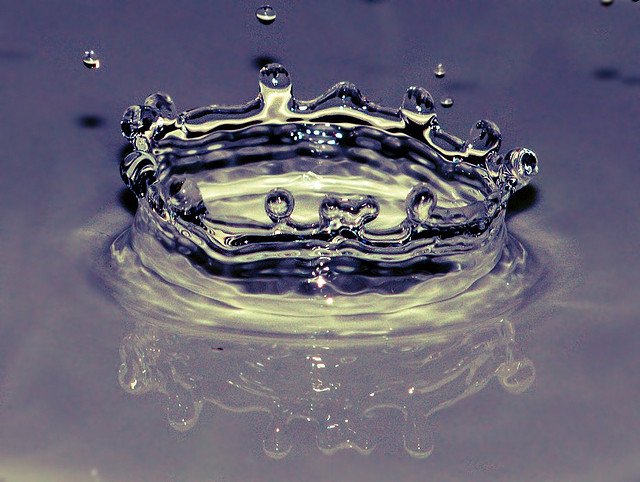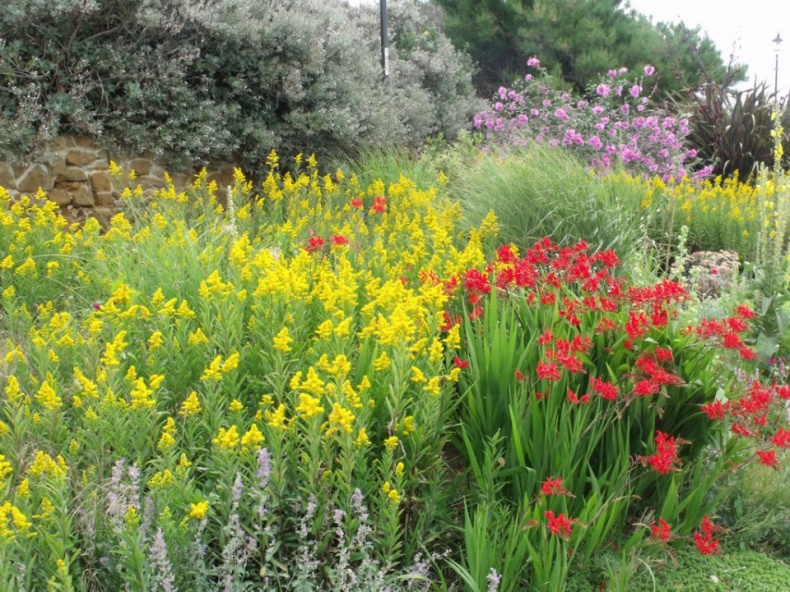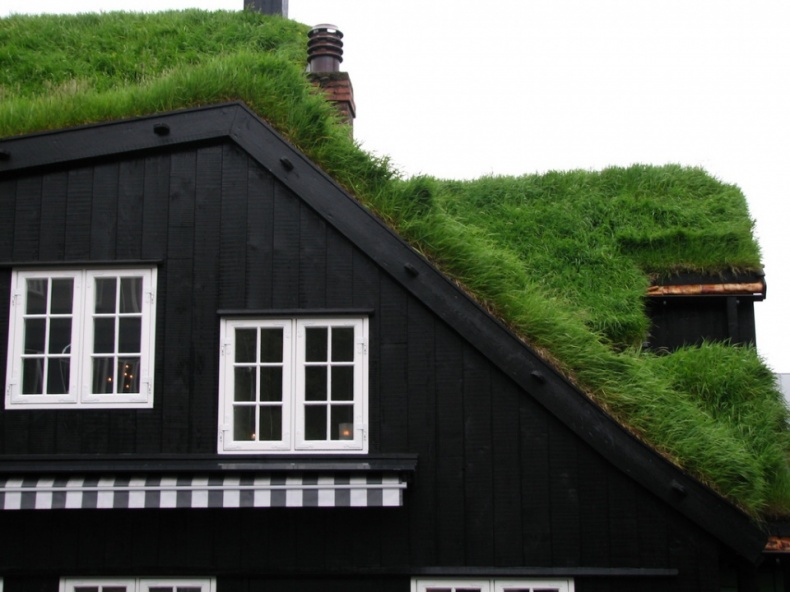
Water Splash by dr_relling
The media has lately abounded with information about famine and droughts, water shortages, and other adverse effects of climate change. If you can read between the lines, or are acquainted with the topic, you'll know that these phenomena are closely related and even interconnected. Read how "Local Warming Goes Global" in my other article on this topic if you're interested in further details.
The bottom line is that urbanization, with its roads and buildings, alters the way water circulates in the environment. Drainage systems collect rain water upon impact and send it to rivers and, in turn, oceans. This water would, under normal circumstances, simply soak into the soil and evaporate back into the atmosphere during the warmer days. Evaporated water is what constitutes clouds, so the lack of bare soil to retain and release moisture decreases the likelihood of repeated precipitation in the area. Such changes alter the local climate over time, and will have an effect on the global climate as well.
Designing Drainage
Thankfully, we can help nature by retaining some moisture in our gardens and backyards. If we actively contribute to the eco-friendliness of our homes' exteriors, we can reap the benefits of milder weather, moderated temperature fluctuations, and increased air and ground moisture. Best of all, this is virtually a one-time investment with infinite return. You don't get that in a bank, do you?

Esplanade Gardens
by Elliott Brown
The magic lies in the way you restore the micro-environment in your backyard. While you can hardly make global changes (unless you're on top of an influential organization, in which case please get in touch), you can surely make your own piece of land the perfect piece of nature and the right place to relax.
The most important task is to retain rain water in or near the soil. Avoid paving little paths in your backyard, and try not to place a canal to drain the water that rains down. If your house is at the foot of a sloping landscape, some drainage may be necessary so that you don't compromise your home. But if your house proudly resides on top of a smaller hill of any sort, there's nothing to worry about.
Gardening
If you grow flowers or food, try to cover the area with mulch (shredded wood waste) to lock moisture at the ground and prevent excessive evaporation. You can get these in a gardening outlet, or you can grind your own if you have access to old/cut-off branches, bushes, or similar types of easily-chopped wood. This will keep your plants nice and fresh for longer and will also save you money watering during hot and sunny days.
Also, if you have any room in your garden, consider turning it into a "wet area." This would require you to put a short, waterproof fence around your flowers to create a water-retaining patch which would flood mildly upon rainfall. Of course, you 'll need to plant either taller flowers or varieties that can withstand occasional flooding. By retaining rainwater in this "water bed" for longer periods, you will dramatically contribute to the vitality of your garden. Not only will you cool the place down, but the extra moisture will feed even plants located farther away — not to mention contributing to an interesting, relaxing retreat in your own backyard. And you don't have to worry about mosquitoes, either, as long as the frequency of precipitation in your area allows your water bed to dry up periodically.
Grass Roofs

Grass Roof by Julia Velkova
If you're up for it, consider growing a grass roof for your house. This is another way of extending the areas to soak up rainfall. Grass roofs (not to be confused with AstroTurf) are a wonderful option for those whose roofs slope just enough to allow for natural drainage, but still allow the grass to stick and flourish. Grass roofs are ideal for retaining more rainwater and aiding the local water cycle, while they also provide for a cooler environment inside and around the house they cover. One can plant flowers and smaller bushes onto the roof, effectively extending one's garden. Not only have grass roofs and walls been around for centuries, but they are also fun to look at and are becoming increasingly popular in suburban Canada.
The way we build our houses and gardens can help us all offset the toll that we're taking from nature. Whether you make simple improvements to an existing property or maintain a green mindset when designing your new home, you have the chance to become a VIP in the water cycle. Seek out opportunities to create natural water repositories in your vicinity, and let us know in the comments how you've done!
Fingers crossed from your favourite green Realtor®.




